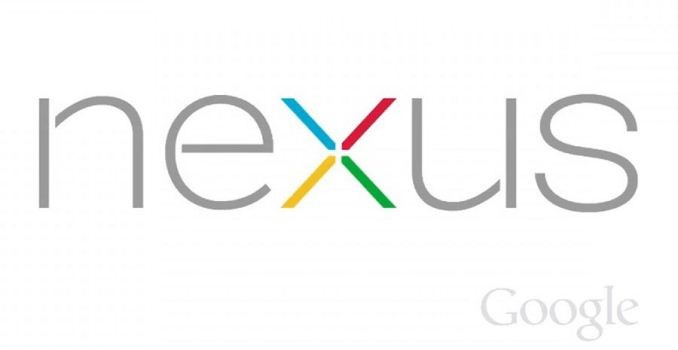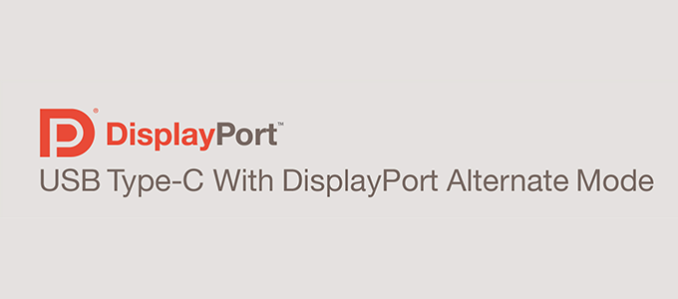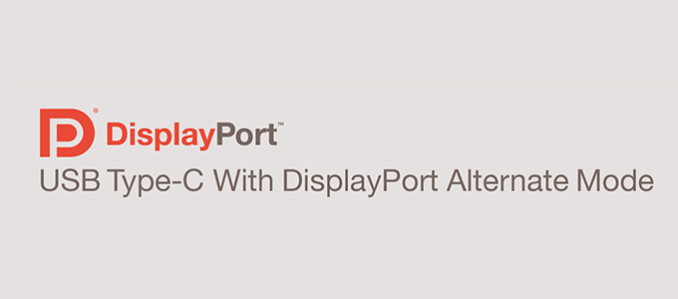HTC Reportedly Manufacturing Google’s Nexus 9 Tablet
WSJ.D reports today that Google’s upcoming Nexus 9 tablet will be manufactured by HTC. The last HTC tablet was the Flyer back in 2011, so the Nexus 9 marks the end of HTC’s three year hiatus from the Android tablet market. This also reflects Google’s desire to team up with a variety of partners for their Nexus devices, so as to avoid becoming dependent on any one particular company. HTC manufactured the original Nexus One smartphone back in 2010, but in the interim we’ve seen Nexus devices from ASUS, LG, and Samsung. Samsung in particular has made more Nexus devices than any other company, but considering Samsung’s already large presence in the Android market it’s understandable that Google might want to look for other options.
There’s little in the way of official specifications for the Nexus 9, but if you remember earlier this month when NVIDIA announced it was suing Samsung and Qualcomm, the legal documents (since redacted) made specific mention of the Nexus 9 and the Tegra K1 processor. That’s a particularly interesting choice, as NVIDIA already has their SHIELD Tablet with Tegra K1, which ships with an 8-inch display. What we don’t know is if the Nexus 9 will use the same Tegra K1 that’s currently in the SHIELD Tablet, or if it will be a new variant sporting Denver CPU cores. The latter would seem more likely, as otherwise the Nexus 9 would essentially be a slightly larger version of the SHIELD Tablet, albeit with different styling (and of course no MicroSD slot).
Putting a Tegra K1 in the Nexus 9 may also be something of a “mea culpa” from Google to NVIDIA. After the Tegra 3 NVIDIA had little success in getting Tegra 4 into devices other than the SHIELD handheld, and while NVIDIA has been somewhat infamous for saying, “Wait for the next Tegra – that will be the one to beat,” Tegra K1 for a change is actually living up to the NVIDIA hype. The result is that it can be difficult to find the SHIELD Tablet at its $299 MSRP (though Newegg has inventory it appears), so supply at present has not been able to fully keep up with demand. It’s also not too much of a stretch to imagine the Nexus 9 being the launch vehicle for Android L, and at the recent NVIDIA Editors’ Day where we were briefed on GM204, there was at least one conversation that suggested Tegra K1 would be one of the first (if not the first) SoCs to get Android L.
Whatever the hardware inside the Nexus 9, Google’s Nexus devices have traditionally sold quite well so HTC should see much better sales figures compared to their Flyer tablet. Google also tends to be very hands-on with the designs of Nexus devices, the result being that there generally aren’t any major flaws compared to other smartphones or tablets. There’s no information or screenshots for the Nexus 9 at present, but this collaboration has clearly been going on for more than a few months so we expect an official announcement of the Nexus 9 can’t be too far off – just in time for the holiday shopping spree. Will we see Nexus 9 + HTC + Tegra K1 + Android L this fall? Yeah, it’s looking that way.












